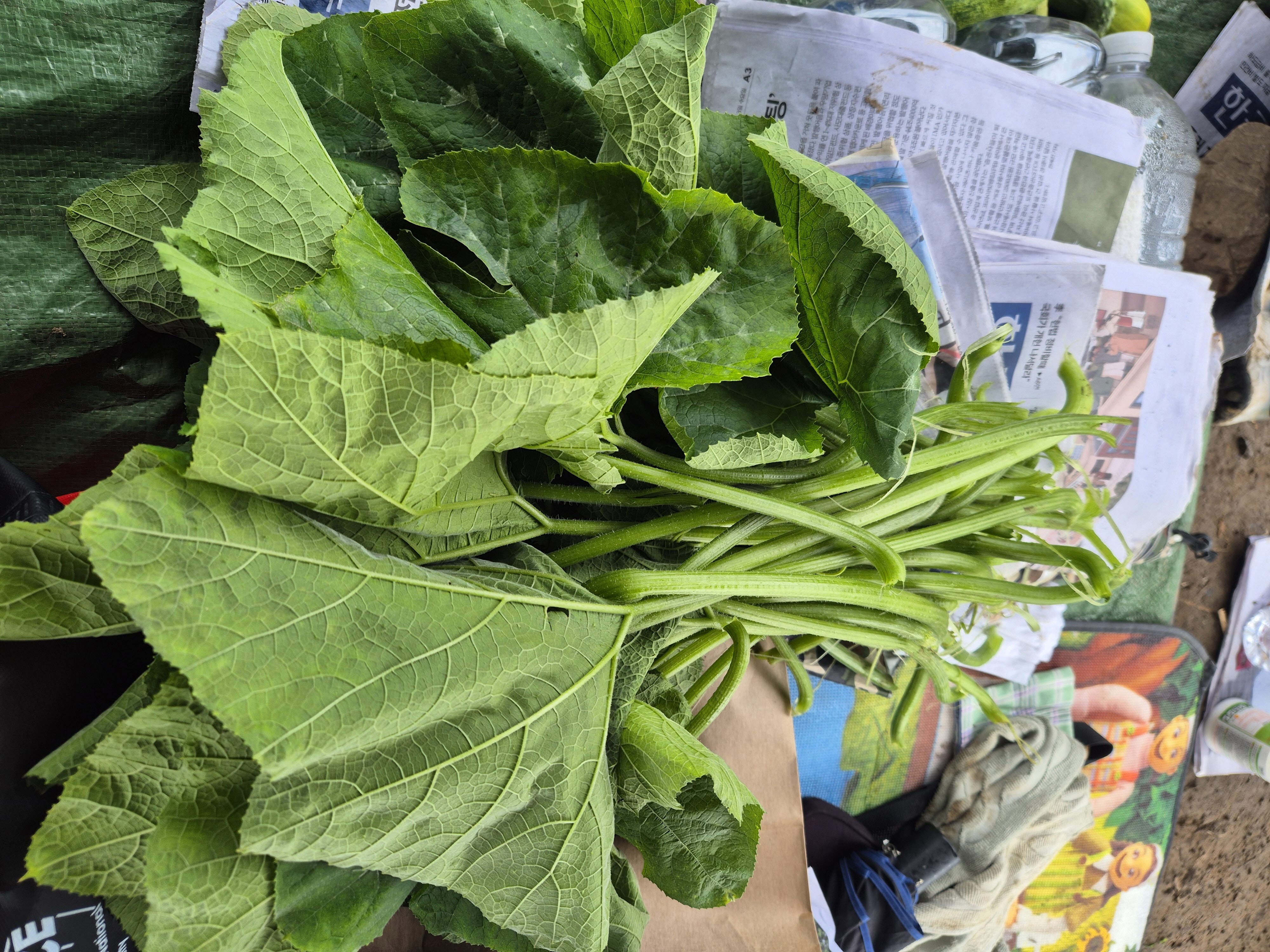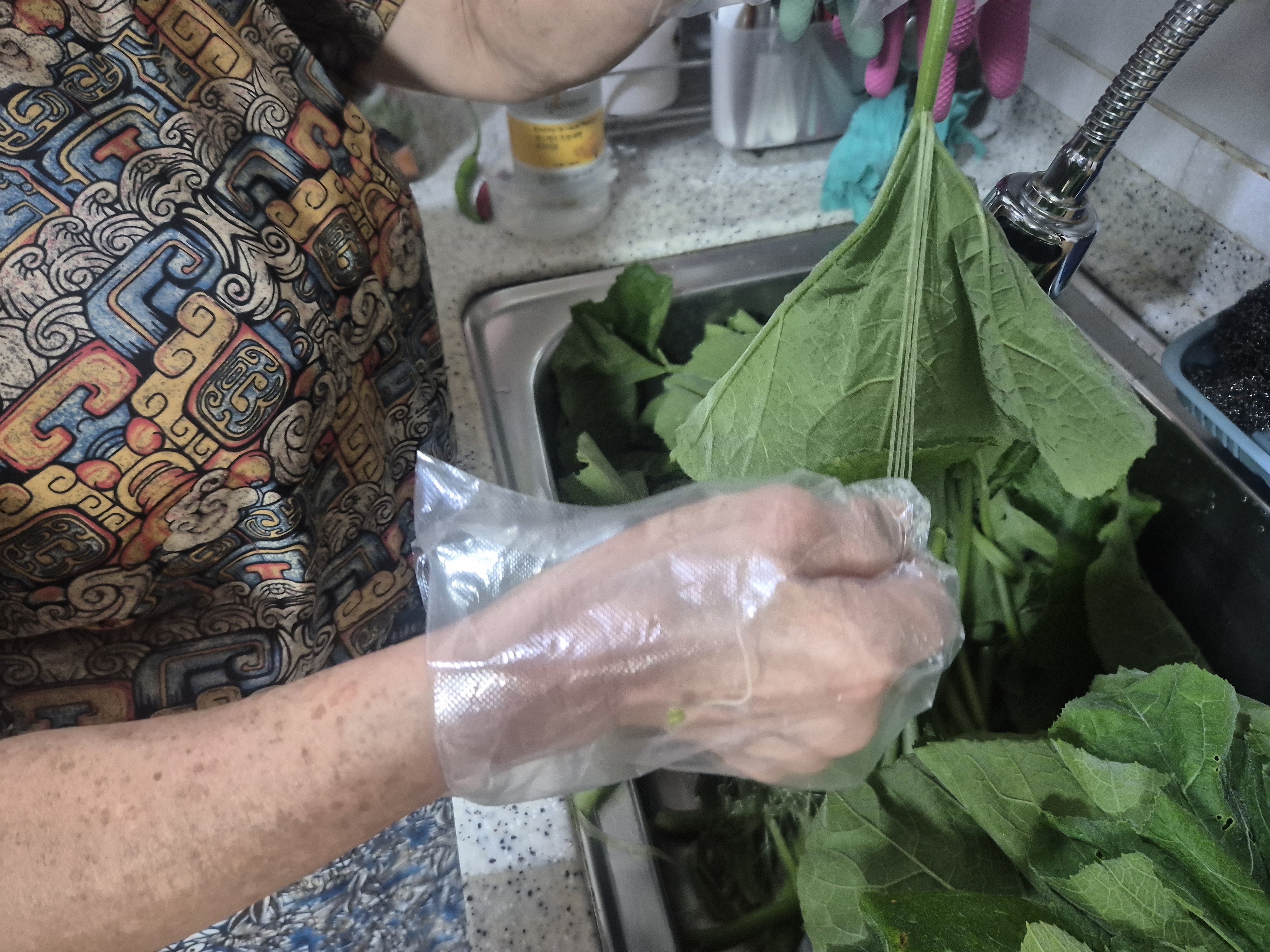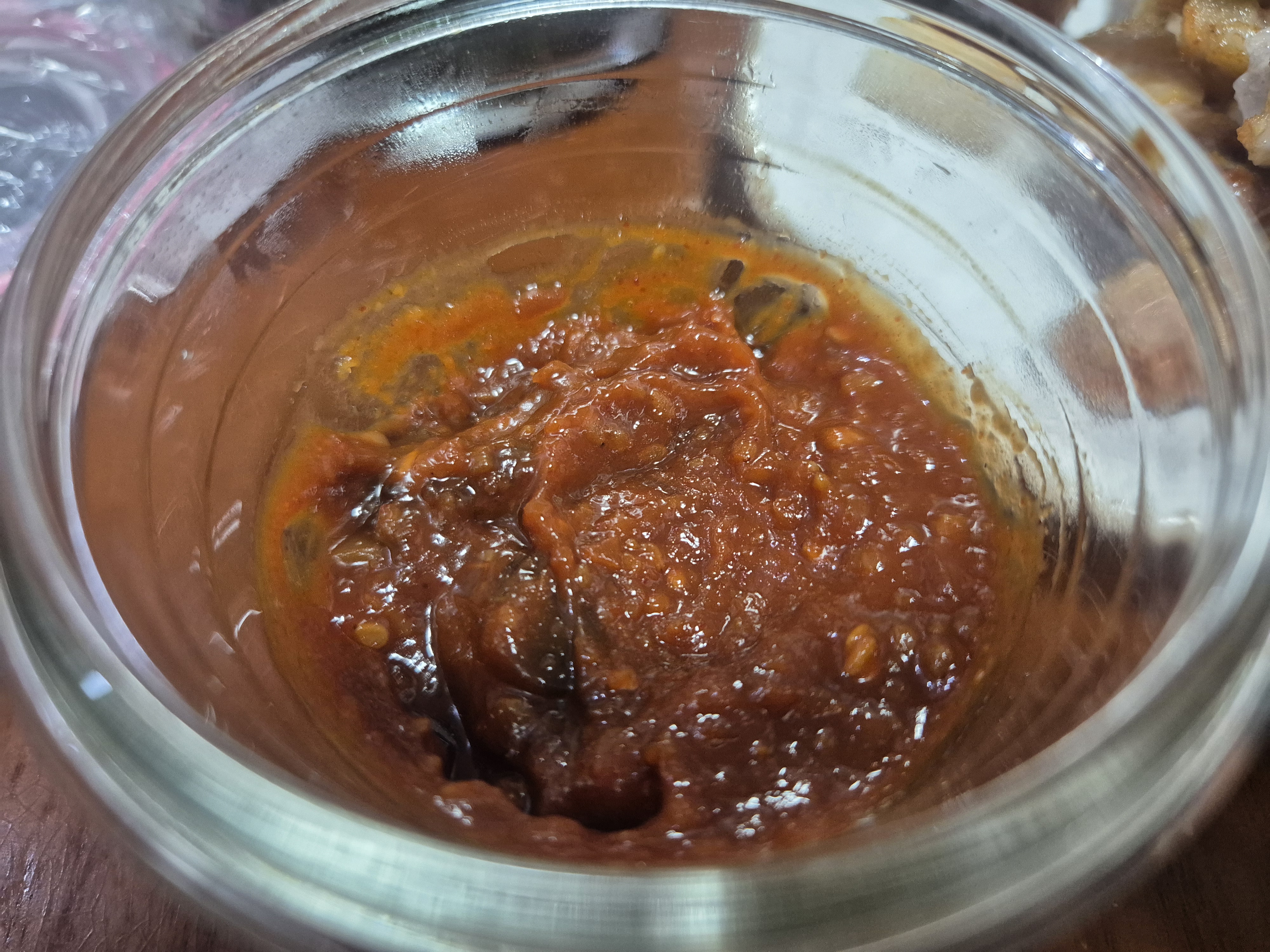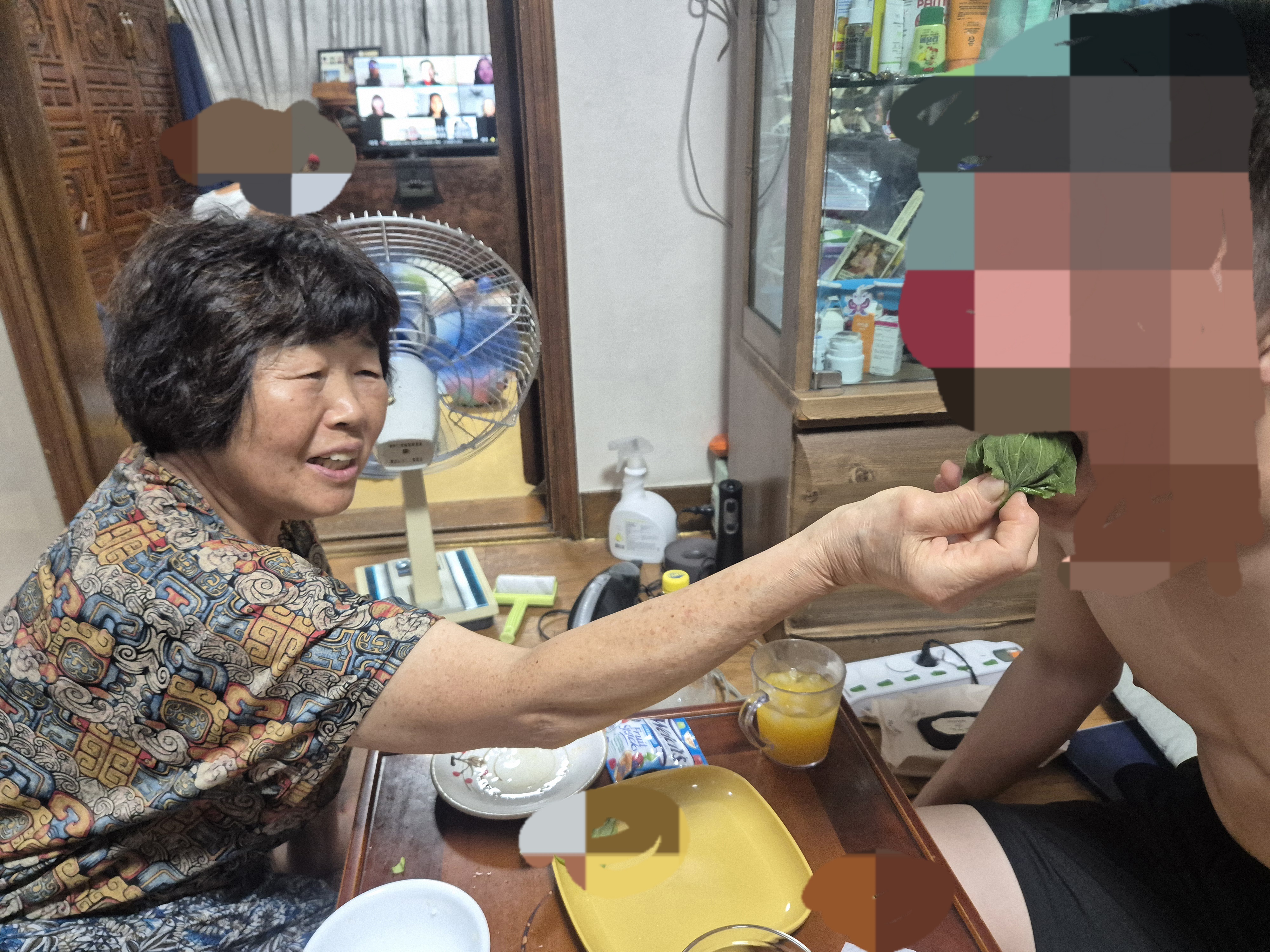| 일 | 월 | 화 | 수 | 목 | 금 | 토 |
|---|---|---|---|---|---|---|
| 1 | 2 | 3 | 4 | |||
| 5 | 6 | 7 | 8 | 9 | 10 | 11 |
| 12 | 13 | 14 | 15 | 16 | 17 | 18 |
| 19 | 20 | 21 | 22 | 23 | 24 | 25 |
| 26 | 27 | 28 | 29 | 30 | 31 |
- final Charye
- bracken safety
- Korean Thanksgiving
- Charye
- perilla oil vegetables
- over-fertilization
- ancestral rites
- ending tradition
- KoreanGrandmaCooking
- KoreanSideDish
- and grub worms destroyed her crop — yet she found hope and lessons for next year.
- namul
- ShihTzuCare
- healthy korean recipes
- AsianVegetables
- how to cook bracken
- family story
- Shih Tzu
- Seoul Catholic Church
- HealthyRecipes
- ancestral prayer
- korean food culture
- Korean home cooking
- A heartfelt story from a 70-year-old Korean farmer grandma about her failed sweet-potato harvest. Heavy rain
- KoreanFood
- AuthenticKoreanFood
- CambodiaTravel
- gosari
- shihtzulife
- korean side dish
- Today
- Total
Korean Grandma’s Cozy Life
🥬 Korean Pumpkin Leaf Wraps (Hobak-ip) – A Healthy and Traditional Banchan(A simple Korean recipe with health benefits) 본문
🥬 Korean Pumpkin Leaf Wraps (Hobak-ip) – A Healthy and Traditional Banchan(A simple Korean recipe with health benefits)
KoreanHalmeoni 2025. 9. 8. 14:27Discover the hidden secret of Korean cuisine — pumpkin leaves (hobak-ip). Learn why Koreans cherish them as a superfood side dish, their health benefits, and how they fit into the unique “banchan” tradition.
For many foreigners, the idea of eating leaves might sound unusual. But in Korea, pumpkin leaves (hobak-ip, 호박잎) are not just edible — they’re considered a nutritious seasonal delicacy.
Korean meals are famous for banchan (반찬, small side dishes), and pumpkin leaves are a perfect example of how Koreans transform humble ingredients into healthy, flavorful food.
🌱 Health Benefits of Pumpkin Leaves
Pumpkin leaves are often called a “super green” in Korean kitchens:
- 🌿 Rich in fiber → Helps digestion and keeps you feeling light.
- 🥗 High in vitamins A & C → Boosts immunity and skin health.
- 💪 Calcium & iron → Supports bone strength and blood health.
- 🍃 Natural detox → Traditional belief that they cleanse the body, especially in hot summer.
This is why elders often recommend pumpkin leaf wraps in summer — they cool the body and restore energy.
✂️ From Farm to Table


🥢 Preparing the Leaves
Pumpkin leaves are covered with tiny rough hairs.
Peeling the outer skin makes them soft and smooth to eat.



🍲 How to Cook Pumpkin Leaves
Koreans usually soften pumpkin leaves before eating.
Here are two simple ways you can try at home 👇

🔥 Boiling Water Method (Traditional)
- Bring a large pot of water (3–4 liters) to a boil and add 1 Tbsp salt.
- Add the cleaned leaves and blanch for 2–4 minutes (tender leaves 2–3 min, thicker leaves up to 4 min).
- Remove quickly, rinse in cold water, and squeeze gently to remove excess water.
⚡ Microwave Method (Quick & Easy)
- Place the cleaned leaves in a microwave-safe bowl.
- Sprinkle with 2–3 Tbsp water and cover with wrap or a lid.
- Microwave for 3–4 minutes until soft and tender.
🥬 A Korean-Style Wrap


Every bite is soft, earthy, and full of Korean home flavors.
🥣 Why Ssamjang Completes Pumpkin Leaf Wraps
Pumpkin leaves on their own have a mild, earthy flavor and a soft texture.
They are healthy and filling, but without seasoning, the taste can feel too plain.
That’s why Koreans always pair them with ssamjang (쌈장).
- The salty depth of doenjang (soybean paste) brings out the natural sweetness of the leaf.
- The gentle spice of gochujang balances the earthy taste.
- Garlic, sesame oil, and a touch of sweetness make each bite rich and satisfying.

It ties together the rice, meat, and pumpkin leaf into one perfect mouthful.
🥣 Quick Ssamjang Recipe
Ingredients (2–3 servings)
- Doenjang (soybean paste): 2 Tbsp
- Gochujang (red chili paste): 1 Tbsp
- Garlic, minced: 1 clove
- Sesame oil: 1 tsp
- Honey or sugar: 1 tsp
- Sesame seeds: 1 tsp
Steps
- Mix all ingredients in a small bowl.
- Adjust sweetness or spice to taste.
- Serve inside pumpkin leaf wraps with rice and meat.
🧡 The Cultural Meaning
Sharing pumpkin leaf wraps is more than just eating. It reflects the Korean value of togetherness — food prepared by elders, shared at one table, bringing generations closer.

✨ More Than Just a Side Dish
Pumpkin leaves may seem like an unlikely food to many outsiders, but in Korea they represent health, care, and tradition. What appears as a simple side dish is actually a story of family resilience and the Korean wisdom of turning seasonal greens into nourishing meals.
When you explore Korean cuisine, don’t just stop at BBQ or kimchi. Try learning about pumpkin leaves — they’re proof that even the humblest ingredients can carry comfort, creativity, and a sense of belonging.




